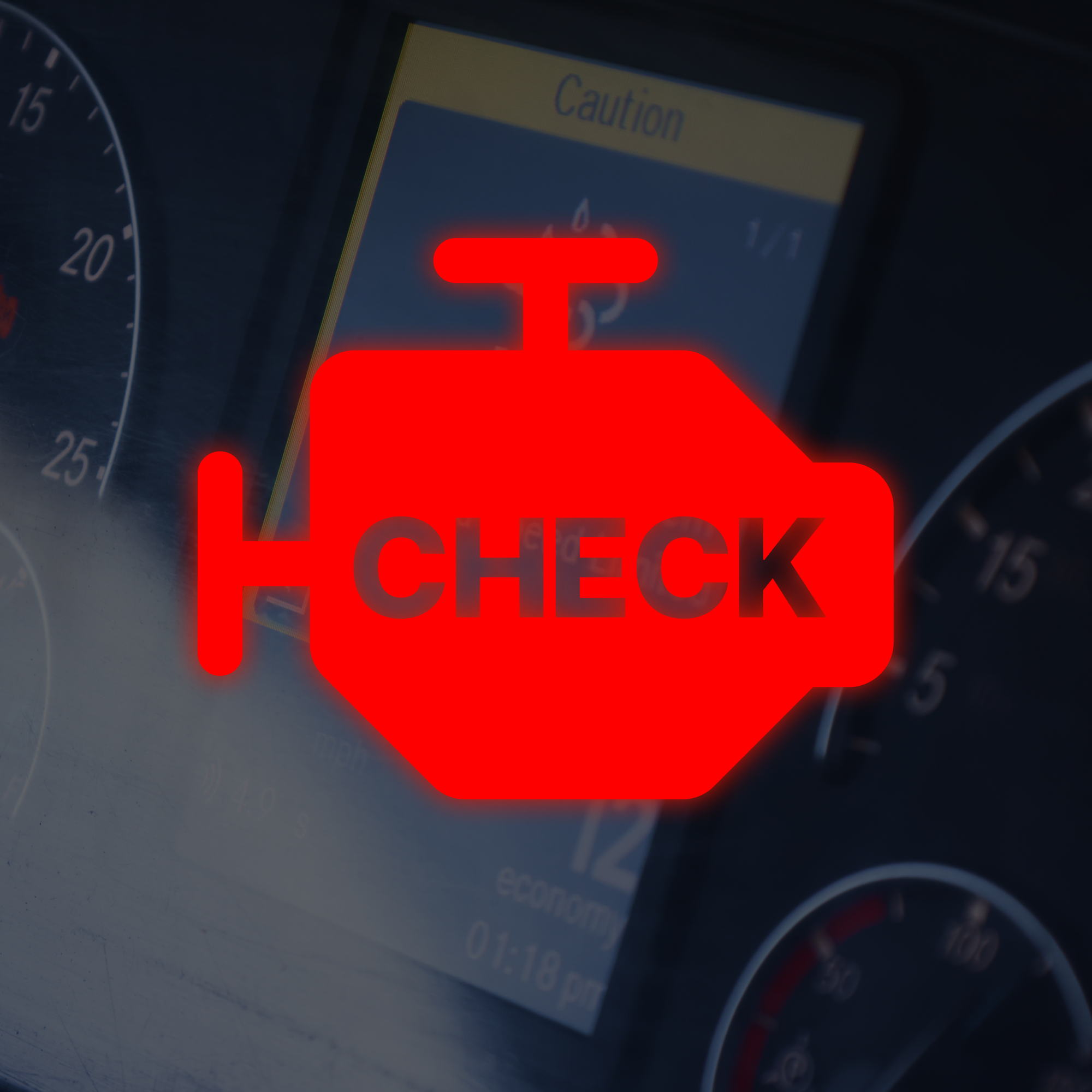What is a DPF system?
To begin with, DPF stands for Diesel Particulate Filter. In short, the DPF system is a filtration system designed to trap soot and prevent it from exiting the tailpipe and entering the atmosphere from your diesel-powered engine.
Low sulfur highway diesel and EGR systems have been integrated into modern diesel engines to help reduce harmful NOx emissions. As a byproduct of these systems reducing exhaust temperatures it has led to a large increase in unburnt soot exiting the tailpipe. The DPF system was designed to eliminate the soot that enters the atmosphere.
How does the DPF system trap soot that is accumulated?
DPF filters are typically made of a ceramic honeycomb-style substrate that can filter out tiny soot particles without creating a large restriction in the overall exhaust flow.
The filter will trap soot particles until it reaches capacity and the restriction level becomes too high.
The filter then goes through a process called regeneration or regen. We will cover this in more depth shortly.
What parts are in the DPF system?

A DPF system will have a few parts consistent across nearly all heavy-duty trucks, while there are some automotive systems that utilize different technology, but we won't focus on these in this blog post.
The main components utilized in a DPF system are
- DPF filter (Diesel Particulate Filter)
- Diesel oxidation catalyst (DOC) filter
- Dosing injector
- DPF pressure differential sensor
- Multiple exhaust gas temperature sensors
- EGR system
- Turbocharger
All these components are engineered by the manufacturer to work together in order for the DPF system to operate as intended.
How does a DPF regeneration work?

This process builds temperature in the DPF filter until it burns off any soot collected. During this process, the soot gets burned down into tiny ash particles. These ash particles are so much smaller that it frees up the restriction and your exhaust flow is regained.
During a regeneration the engine, EGR, and turbocharger all work in conjunction to build up exhaust temperatures. When the exhaust temperatures have reached an optimal level the dosing injector is activated.
The hot exhaust gas combined with the diesel injected into the exhaust stream by the doser (7th injector as its commonly referred to as) passes into the oxidizing catalyst. The composition of the catalyst causes a reaction with the diesel and hot exhaust gas to build up extreme temperatures as the exhaust stream passes into the DPF filter itself.
This extreme temperature is hot enough to burn the soot and turn it into ash. The ash remains trapped by the DPF filter, but its mass is so much smaller, and it allows for exhaust flow to return to nearly its pre-regeneration levels.
While all this is happening the DPF pressure differential sensor and exhaust gas temperature sensors are monitoring the process and reporting back the state of the DPF system to the engine or aftertreament computer.
If there is a failure, then you will get a Check Engine Light (CEL) or a regen light that will stay active. It’s important to know what causes a failure because this can lead to more downtime if the system is not working correctly. Here is a topic we wrote if you are failing a parked regeneration.
How long will regeneration last between service intervals?
So now that we have established what the components are, how they trap soot, and what the regeneration process does you may now ask, where does the ash go?
The ash remains trapped in the DPF filter and will eventually reach a critical point where service will be necessary. How long it takes to reach this point will vary heavily and it mainly depends on how healthy your engine is, how well you maintain its EGR system, and what type of operating conditions you are running.
For trucks operating in local environments or with high idle time, they will require much more frequent service compared to a truck operated on mostly highways with nearly no idle time.
Other components within the system need maintenance on a more regular basis. In general, it is a good idea to have a yearly EGR tune-up done and replace your 7th injector every 200-250k miles. A little maintenance within the DPF system will go a long way in preventing issues from coming up.
To initiate a DPF regen yourself check out OTR Diagnostics.
I hope this blog post helps provide a good overview of the DPF system, its components, and how it works.
Until next time! 👋
Stay safe, stay healthy & be blessed.






What is OTR Diagnostics?
Freightliner DD13 DD15 Won't Accelerate Past 55 MPH